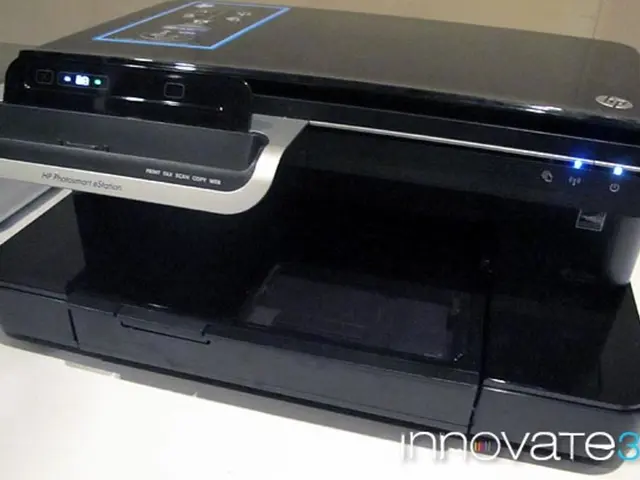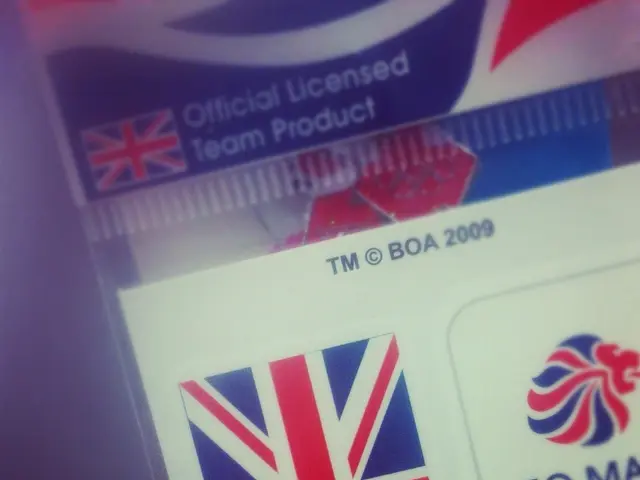Under Increased Compliance Pressure, Focus Shifts to Reconciliation and Reporting
In a recent podcast, Roger Binks, Chief Commercial Officer at Kani, and James Wester, Co-Head of Payments at Javelin Strategy & Research, discussed the current state of back-office functions, challenges, and modernization strategies.
Modernizing back-office functions, such as reconciliation and reporting, offers several significant benefits. These include enhanced compliance efficiency, substantial time savings, and resource optimization.
Benefits of Modernization
Compliance Efficiency
Advanced digital tools and AI technologies can automate compliance processes, ensuring that all regulatory checks are performed accurately and efficiently. This reduces the risk of non-compliance and associated penalties. Modern systems can also automate accurate and timely regulatory reporting, reducing human error and the need for manual intervention, resulting in more reliable financial statements and improved confidence in compliance.
Time and Resource Savings
Automating reconciliation and reporting processes can significantly reduce manual labor, allowing organizations to allocate resources more effectively. This leads to faster processing times and increased productivity. Digital solutions minimize the risk of human errors, which can lead to costly corrections and delays, ensuring that financial transactions and reports are accurate and reliable.
Additional Savings
Modernizing back-office functions, such as moving to cloud-based systems, can significantly reduce IT infrastructure costs, including hardware, maintenance, and power consumption. Technologies like digital audit platforms can decrease audit time by over 40% and reduce costs by more than 50%, making them particularly beneficial for lenders and other financial institutions.
Strategic Gains
By automating routine tasks, finance teams can focus on strategic analysis and decision-making. This leads to improved responsiveness to business events and market shifts. Modernized systems are more adaptable to changing business conditions, allowing organizations to scale more easily and respond to evolving market demands.
However, just over a quarter of payment leaders use fully automated tools for reconciliation and reporting, while many rely on spreadsheets. If a company chooses to build an in-house solution, every change becomes a development ticket, potentially making it a non-core business. Nearly two-thirds of payment leaders report frequent data errors during reconciliation, which are expected to become more expensive and time-consuming as compliance requirements increase. Roughly 80% of payment leaders often miss reporting deadlines.
The back-office efficiency Holy Grail can be achieved, but it requires moving away from Excel and manual systems. Operations and compliance people are not always good advocates for their own needs, making it difficult to build a business case for a solution in the back office. In-housing back-office processes presents challenges such as resource constraints, technical expertise, and maintaining a dedicated compliance team.
Compliance reporting is often viewed as a chore, but it produces critical data that can offer deep insights into operations when viewed as a valuable asset. The regulatory environment is becoming more prescriptive, with daily reconciliations, real-time controls, and clearly documented processes becoming mandatory in some regions like the UK.
Organizations that are unaware of better alternatives often continue to lean on in-house processes. However, organizations that explore potential solutions can uncover powerful benefits, including operational agility, control, traceability, and repeatability in a process that can be trusted. Partnering with a provider gives access to the collective knowledge and experience across their entire portfolio, enabling them to stay current with regulatory changes.
Less than 10% of surveyed firms have built their own back-office systems. Manual processes and reporting issues have lingered due to a lack of priority in many organizations. Platforms like Kani manage every aspect of the compliance process, including ongoing maintenance and upgrades. By embracing modernization, businesses can reap the rewards of a more efficient, compliant, and strategic back office.
Strategic partnerships with providers like Kani can offer businesses the benefits of modernized back-office functions, which include leveraging advanced technologies for automating compliance processes and gaining access to collective knowledge and experience in staying current with regulatory changes. In contrast, relying on in-house systems or manual processes may result in continuous challenges such as frequent data errors, missed reporting deadlines, and difficulties in building a robust business case for solution implementation in the back office.




